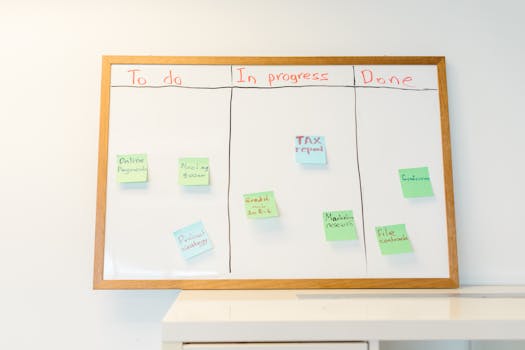
Introduction to Time Management

In our fast-paced world, managing time effectively has become more crucial than ever. Time management refers to the ability to plan and control how much time to spend on specific activities. Effective time management enables individuals to complete more in a shorter period, lowers stress and leads to career success. Balance between work and life goals enhances decision-making and productivity in everything we do.
Understanding the Importance of Time Management

Understanding why time management is important is the initial step toward developing a strategy. Here are several reasons making time management a non-negotiable need in today’s life:
- Increased Productivity: Proper time management allows more work to be done in less time.
- Reduced Stress: Having control over your time helps to reduce stress levels saved by adequate planning and meeting deadlines.
- Work-Life Balance: Wholesome time management leads to metal balance focused on time improvement across all areas of life.
- Setting and Meeting Goals: Without effective time management, achieving personal and professional goals can be overwhelming.
This awareness sets a solid foundation to build your effective time management strategies. Now let’s explore some practical techniques to help you manage your time better.
Time Management Techniques

Here are some effective strategies that have shown increased efficiency and productivity:
1. Prioritize Tasks
Make a list of tasks to tackle. Once you have the list ready, prioritize these based on importance and deadlines. You can use the Eisenhower Matrix to differentiate between urgent and important tasks.
2. Utilize the Pomodoro Technique
The Pomodoro Technique involves working in short spurts of 25 minutes followed by a 5-minute break. This approach helps maintain productivity while minimizing burnout.
3. Develop a Daily Schedule
A well-structured daily schedule enables you to allocate time slots for different activities, ensuring you dedicate enough quality time to each task.
4. Limit Distractions
Eliminate distractions, such as social media and cluttered workspaces. Utilize apps like Focus@Will or Freedom that help in maintaining concentration.
5. Learn to Say No
If additional responsibilities take time away from your key tasks, do not hesitate to decline politely. Focus your energy on commitments serving your goals.
Tools and Apps for Time Management

A variety of digital tools can facilitate effective time management strategies. Here are some options to consider:
- Trello: This visual tool helps organize tasks into boards that you can readily manage and assign priority.
- Todoist: Todoist helps steer accounts sorted by visibility modes against tasks requiring completion.
- Google Calendar: Don’t overlook the ability to visually organize appointments; reminders in web applications maintain awareness about projects.
- RescueTime: This tool provides analytics on where you spend most of your time, helping you refine how you allocate your minutes.
- Evernote: Manage notes, project histories and plan meetings efficiently.
The right tools complement strategies and establish a streamlined system fostering recent tech advancements supportive of individual lifestyles.
Conclusion

Effective time management is not just about ‘spending your time wisely’; it’s about understanding how important time is and ensuring strategic use of it in everyday decisions. The strategies outlined here—including prioritizing tasks, breaking workloads into smaller chunks, scheduling, leveraging technology, and establishing clear boundaries—allow individuals to manage their time more efficiently. Thus improving productivity while affording space for personal tranquility. Integrated stories of competent time management thereby reflect daily goals articulated across focus swiited toward compelling destinations that roots of both personal development noopthes best methods for success fit the contemporary taste shaped within developing dynamics across productivity challenges.
Takeaways:
- Effective time management is vital for productivity and reduced stress.
- Prioritization, scheduling, and the Pomodoro Technique yield improved outcomes.
- Leveraging appropriate tools aligns individual tasks and calendar objectives reliably.
References







